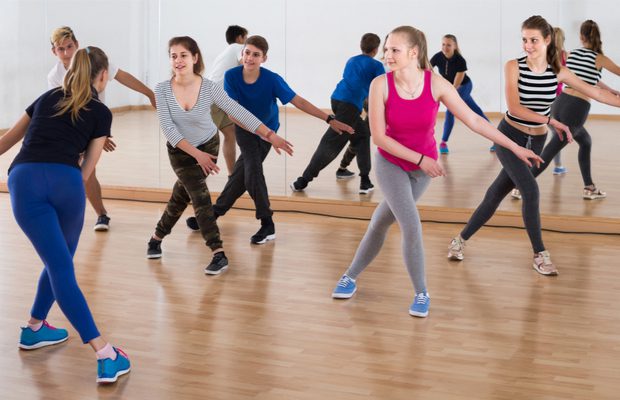
In early February, Murray State University’s Wellness Center put up flyers depicting its dress code. The response from students was unexpected.
“The flyer sparked controversy among a portion of the student population upon learning the Wellness Center even had a dress code, which again is one of the reasons the flyer was added,” said Travis Rawe, the director of Campus Recreation and Wellness. “The flyer also depicted graphics of ‘What to Wear’ and ‘What Not to Wear.’ Unfortunately, the graphics displayed were unclear and further confused patrons on what was actually permitted in the Wellness Center.”
The main components of the Wellness Center dress code include:
- Must wear closed-toed, athletic tennis shoes.
- Tank tops may be worn; however, wearing only a sports bra or crop top is not permitted.
- Shirts and pants with buttons, zippers, studs or belt loops is not permitted on the exercise equipment.
There are two main reasons the dress code is in place. Rawe explained reducing the risk of transmitted disease is the big one. But items like jeans with zippers, belt loops and studs can rip or tear seat cushions on equipment. So, prolonging the life of equipment is the second.
The flyer was in response to the increasing number of dress code violations that had taken place in the previous semester. Rawe explained they thought a flyer with graphics would increase awareness of the policies in place. They also hoped it would give student staff a tool to reference when addressing a dress code violation.
But the staff hadn’t expected the rebuff the flyer received. An opinion piece in the Murray State News shared some of the student responses taking place on social media. “Upon learning our dress code flyer was going ‘viral’ among the student population, we quickly removed the flyer in question due to the confusion it was causing. We have since replaced it with a flyer with no graphics, which simply outlines the facility ‘Workout Attire Policy,’” said Rawe. “We also changed the name from ‘Dress Code’ to ‘Workout Attire Policy’ in hopes it seems less rigid, when in fact the policy hasn’t changed, we just changed the way it was presented.”
All in all, the staff handled the response to the flyer by doing what Rawe suggested in any instance of negative reactions: listen. He explained most people just want their feedback heard. Giving them an opportunity to voice their concerns also presents an opportunity to explain the reasoning behind something like a dress code.
But, that doesn’t mean you should always change based on the negative responses. “With all that being said, I don’t believe change is the answer every time someone has a negative reaction. However, going into a conversation with an open mind and willingness to listen goes a long way when responding to these hot button issues,” he shared.
Ultimately, Rawe explained when it comes to a dress code at your recreation facility, one size doesn’t fit all. It takes research, reading great resources and eliciting feedback. “I believe with this generation of students, listening to their concerns will go a long way, even if it doesn’t result in any change,” said Rawe.










